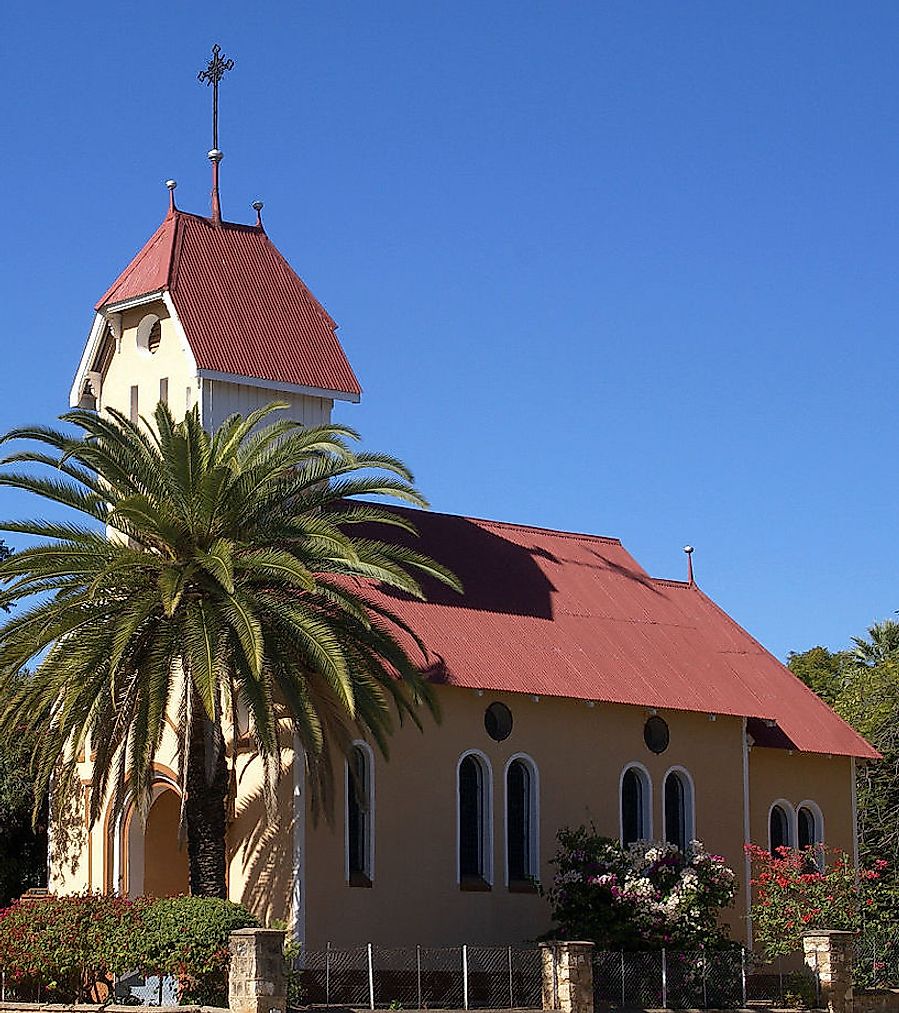Religious Beliefs In Namibia

Religion in Namibia
Namibia is a secular state which means that the government is neutral in religious matters and is neither a proponent nor an opponent of any religion. The government practices the separation of religion and state and treats all residents equally, regardless of their religious beliefs. The constitution allows for freedom of religion, and the government generally respects this right. The country has not taken any religious prisoners nor forced any religious conversions. The Government of Namibia does, however, recognize some important Christian dates as official holidays. Below is a look at the commonly practiced religions within the country.
Lutheran Christian
Approximately 70% of the population identifies as followers of the Lutheran Christian faith. This large following is due to the work of German missionaries who began working here in 1842 and Finnish missionaries who began their efforts in 1870, focusing primarily on the Ovambo people (50% of the population) and the Kavango. Three main churches comprise the entire United Church Council; one of these, the Evangelical Lutheran Church in Namibia, strongly opposed apartheid in the country and supported the Namibian fight for independence.
Traditional Beliefs
Two tribal groups report practicing traditional beliefs: the San people, which make up approximately 3% of the population, and the Himba, which are less than 1% of the total population. In the belief system of the Himba, their natural environment plays an important role in shaping the religion. Typical Bantu beliefs (the majority of tribes and ethnicities in Namibia are related to the larger Bantu group) include the existence of a supreme god that is related to the sun in some way and lives in the sky. Common creation stories explain that human formed out of a plant or that they crawled out of caves. In total, 15% of the population report practicing traditional Namibian beliefs. This large percentage could be because of the number of people who attend the Zionist Church. This church mixes traditional beliefs with Pentecostal Christianity. Missionaries of this faith came to South Africa (to which Namibia once belonged) in 1904.
Roman Catholic
Additionally, 10% of the population identifies their religion with the Roman Catholic church which receives spiritual leadership from the Pope in Rome. The beliefs in God, Jesus as his son, and the creation of humankind are shared with other Christian sects. Some of the earliest successful Catholic missionaries were German settlers arriving in 1883. However, a mission built in the town of Omaruru in 1872 (which helped establish the town) was attached during the Herero Wars in 1904. This mission was executed to rise against the German presence there. The Catholic association with the German colonizers was not always a positive influential factor in conversion attempts.
Other Beliefs
Around 5% of the population reports practicing other religions. These include smaller sects of Christianity (like Baptists and Methodists), Islam, Buddhism, Judaism, Mormon, and the Baha’i religions. People who report following these particular religions are most likely new immigrants or descendants of immigrants (not considering colonizers as immigrants). These individuals are more likely to live in urban zones than rural areas. Most Muslims belong to the Nama ethnic group, and the majority of them follow the Sunni denomination. Twelve mosques are available for practitioners.
Religious Beliefs In Namibia
| Rank | Belief System | Share of Namibian Population |
|---|---|---|
| 1 | Lutheran Christian | 70% |
| 2 | Traditional Namibian Beliefs | 15% |
| 3 | Roman Catholic Christian | 10% |
| 4 | Other Beliefs | 5% |







